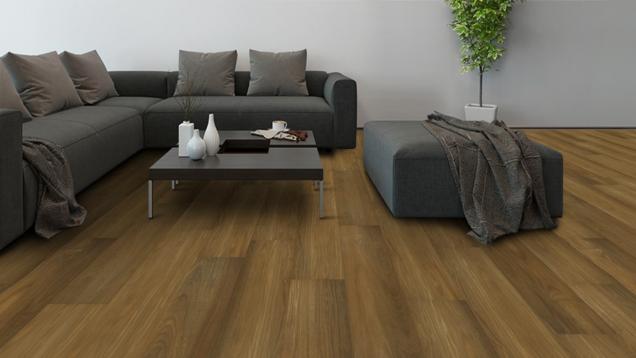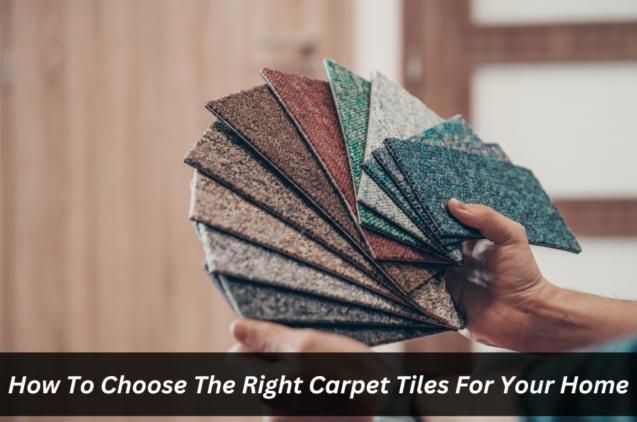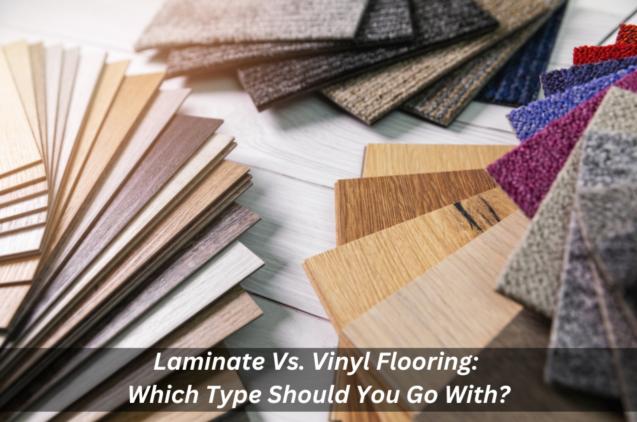
Which Type Of Wood Is Best For Kitchen Floors?
There are four main types of wood commonly found in kitchens (and other home areas): Oak, Maple, Cherry, and Walnut. Each type has its own advantages and disadvantages. Knowing the differences between them will help you determine which type would be best suited to your space.
3 Main Categories of Wood
Broadly speaking, there are three categories of wood — Softwoods, Hardwoods and Engineered woods.
Softwoods come from coniferous trees like pines and firs, whereas hardwoods come from deciduous trees such as oaks and beeches. Engineered woods are a class of engineered wood products that have been developed to provide the appearance and properties of natural hardwoods. Engineered woods may be made from solid lumber, plywood or particleboard, or they may be composites such as oriented strand board (OSB) or medium density fiberboard (MDF).
In general, hardwoods are better because they tend to be stronger and last longer than softwoods. However, softwoods have an advantage when it comes to moisture resistance. If you live in an area where there’s humidity, it might be wise to use hardwood floors for their long-lasting qualities.
Another thing to consider is stain resistance. Because of this, many experts recommend the use of engineered hardwood over solid hardwoods. Engineered boards generally come in two varieties: MDF (Medium Density Fiberboard) and HDF (High-Density Fiberboard).
Both offer good water resistance or are completely waterproof and thus have the ability to resist stains, but some people choose to prefer MDF because it’s cheaper. Some materials used to make plywood include particleboard, medium-density fiberboard, and high-density fiberboard.
All three products are made from sawdust but differ in thickness, density, and cost. Particleboard tends to be more inexpensive than the others, but it isn’t as durable and can sometimes feel flimsy.
Medium-density fiberboard is heavier than particleboard, so it’s usually recommended if you need something strong.
High-density fiberboard is very similar to particleboard. It’s also sturdier, but it’s also pricier. When choosing a kitchen floor, remember that durability matters most. You don’t necessarily want to spend more money on a product that won’t hold up through years of daily activity.
4 Types of Wood that are found mostly in a Kitchen:
- Oak
- Maple
- Cherry
- Walnut
Engineered Flooring Options
- MDF/HDF
- Plywood
- Vinyl Tile
The most common vinyl plank variety is laminate flooring or sheet vinyl, which consists of a layer of plastic sandwiched between layers of wood.
- Porcelain Tile
- Recycled Materials
The bottom line when selecting a new kitchen floor is making sure it’s going to last. If you plan on spending hundreds of dollars every year maintaining your floor, consider investing in quality material instead of just throwing down the cash. You won’t regret it!



